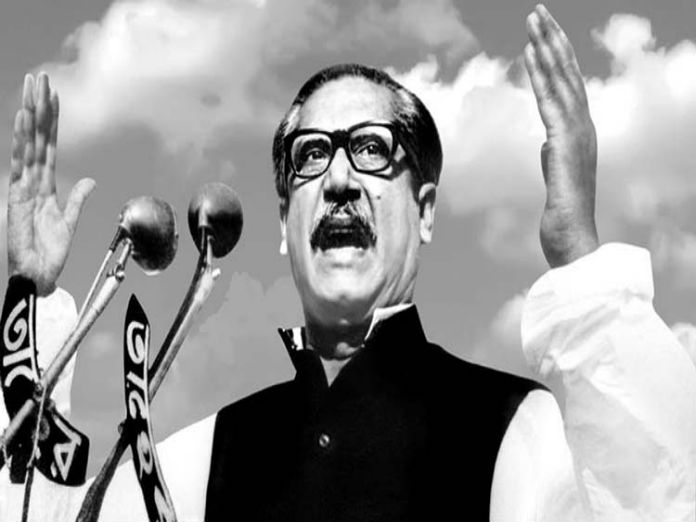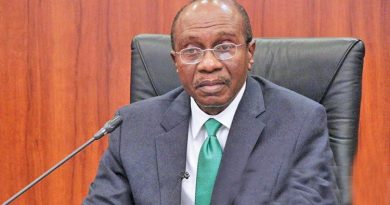BANGLADESH: A Global Development Surprise
Oru Leonard
In recent times, Bangladesh has proved to be one of the fastest growing country in the world with her recent developments and the graduation to a middle – income country under the leadership of the Honorable Prime Minister Sheikh Hasina, who is keen to build a Sonar Bangla as dreamt by the father of the nation Bangabandhu Sheikh Mujibur Rahman.
The macro economy of the country have had major success, which include the increase in per capita income, GDP growth of 6.44%, increase in export and a total GDP of $273 billion. Electricity generation which now stands at 20,133 MW with interest in the rural area.
Bangladesh has a food sufficient country despite high density in population; 4th largest rice producer in the world, 4th in production of sweet water fish and third in vegetables production.
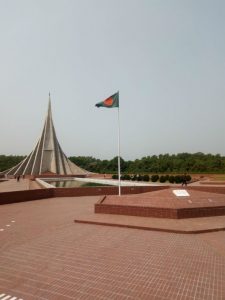
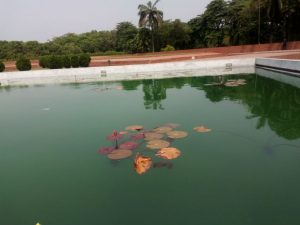
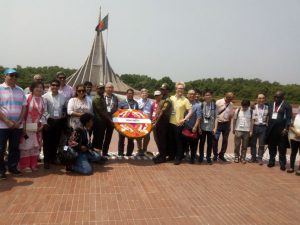
Breakthrough in the health sector include an increase in per capita health expenditure, 30, 000 sate lite clinics for maternal and child healthcare around the country, accessibility to health care services via mobile phones, online population health registry and telemedicine service.
The sustainable development goals achieved in the country include: Reduction of head count poverty, reduction of infant mortality, achievement in equality and empowerment of women, and access to education.
In recognition of these successes on the “Road to Middle-Income Status”, Bangladesh received a global recognition from UN FAO ‘ACHIEVEMENT AWARD’ in 2015.
According Mr. Syed A. Al-Muti, the associate director of The Asia Foundation’s Economic Development Programs based in the country, Bangladesh has earned a reputation in the global market for low-cost, high-quality manufacturing through its garments sector. The impact of this reputation was demonstrated by the fact that the exports of readymade garments from Bangladesh has continued to rise defying various odds.
Due to recent increases in wages in China and India, manufacturing in pharmaceuticals, plastic and ceramic goods, leather goods, shipbuilding, and light machinery (such as bicycles and batteries), has increased. Also, emerging export-based IT sector will contribute to growth.
Diversification in the country’s export profile may be complemented by increased access to major markets in the region, including India and China. India has already offered duty-free market access to nearly all Bangladeshi products, and China has indicated that it may expand zero-tariff facilities to 95 percent of Bangladeshi goods.
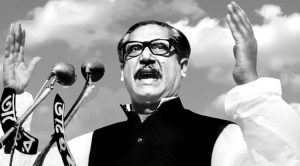


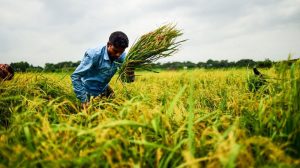
The manufacturing and service industries will also be supported by robust growth in domestic demand, which will come about as Bangladesh reaps a “demographic dividend” of increased labor supply, lower dependency ratio, and increased savings. The major challenges seem to be the political stability, predictability of policy environment, competent bureaucracy, and quality of education.
The government and the people of Bangladesh have their eyes fixed on the horizon, working hard to realize the twin dreams of eradicating extreme poverty and achieving middle-income status by 2021. The country’s success in achieving the Millennium Development Goals has shown that this is not only possible, but highly likely.
The reception and management of the Rohingya refugees poses a huge economic, social and environmental burden on Bangladesh.
It is a global surprise that a nation just coming out of persecution, environmental issues and poverty can host over 1.2 million refugees with the prospect of increase in the influx of refugees.
The Rohingya refugees are harboured within several camps in the Cox’s Bazar district of Bangladesh, which are managed jointly by the government and a coordinating body of international organisations called the Inter Sector Coordination Group (ISCG).
Several reports has it that The Rohingya people of Myanmar are one of the world’s most persecuted minorities in recent times. The Myanmar government doesn’t consider them as citizens and deprives them of basic rights such as education, healthcare, employment and freedom of movement.
To avoid persecution, a lot of Rohingya people have taken refuge in neighbouring Bangladesh since 1978. The number of refugees kept increasing over the years of which the latest and largest mass exodus to Bangladesh took place in late August 2017. Within a month, around half a million Rohingya had fled to Bangladesh. The influx Rohingya refugees has slowed down, but it has not stopped.
Everyone is encouraged to visit Bangladesh because there are so much developmental lessons to learn.

